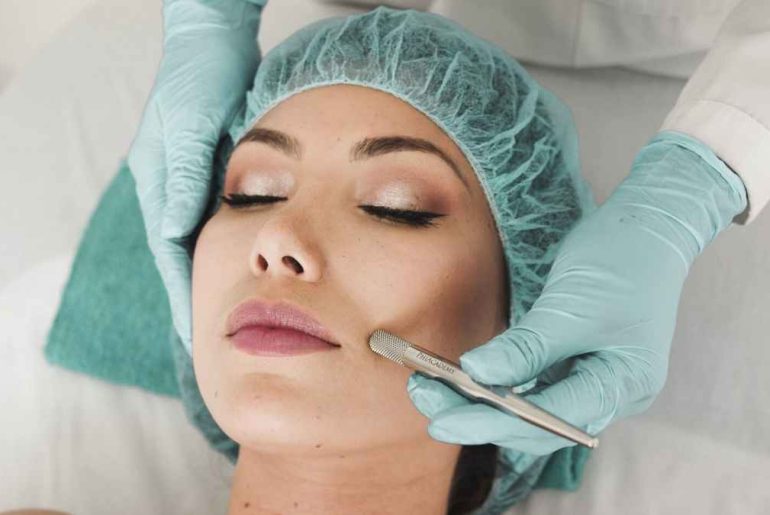Scar revision is a medical or cosmetic procedure that helps reduce the appearance of your scars. Scars can result from acne, burns, Cesarean section, cleft lip repair surgery, piercings, skin infections, or traumatic injuries. The primary goal of scar revision Houston is to minimize the appearance of scars to help them match the color and texture of the surrounding skin. New scars often do not respond well to scar revision, so your doctor may recommend you allow your scar to take twelve to eighteen months to mature for effective treatment. Scar revision involves various treatment techniques depending on the type, size, and location of your scars, which include:
Topic Treatments
Topical treatments are more effective if you have a mild, newly formed scar or as your wound heals. There are various topical treatments for scars, including:
Pressure therapy: This treatment can help prevent scars and help reduce the appearance of raised scars. Pressure therapy involves using a bandage or wraps to exact pressure on your wound as it heals or to newly formed scars.
Polyurethane dressing: You can use a self-adhesive polyurethane bandage or pad to minimize your scars’ hardness and size. It can also help scars return to normal color. Your doctor can recommend you use polyurethane dressing with pressure therapy for better outcomes.
Silicone gel: This technique involves applying flexible sheets coated with silicone gel to your scar or wound. Silicone gel can help alleviate redness, itching, and irritation caused by blemishes and help prevent raised scars.
Injectables
Injectables are best for raised scars and keloids. Common injections for scar treatment include:
Corticosteroid injections: Steroid injections reduce collagen formation on your skin, minimizing your scars’ size, appearance, and texture.
Cryotherapy: Substances like liquid nitrogen or argon gas can freeze scar tissue, making it die. Doctors usually use cryotherapy for small scars.
Dermal fillers: Fillers can minimize the appearance of scars that go beneath your skin’s surface. They are best for acne scars and pockmarks.
Resurfacing Treatments
Chemical peels: Peels involve your doctor applying special chemical solutions to your skin to eliminate the top layer. They are most effective for mild scars, often on your face.
Light or laser therapy: These procedures use light or heat to trigger skin cell turnover. Laser resurfacing can minimize scar irritation and help scars return to normal skin color.
Microneedling: This procedure involves your provider using a special device to create microscopic punctures into your skin to stimulate collagen production and new cells. Microneedling remodels and improves the appearance of your scars.
Surgery
Your doctor may recommend surgery if your scars are large and severe, especially if they are causing pain or trouble moving. Surgery involves your surgeon cutting the blemishes out of your skin and closing the wounds with stitches. The surgeon may incise the scarred skin in a Z or W formation to give that region of skin movement after healing. If you have insufficient healthy skin to close your wound, your doctor may use skin grafts.
Scar revision helps reduce the appearance of your scars. It involves various treatments, including topical products, injectables, resurfacing therapies, or surgery. Schedule an appointment at Yeung Institute for scar revision to improve the appearance of your scars.

